On August 18th, 1978 Dr Ryke Geerd Hamer received the news that his son had been shot. In a bizarre incident 19 year old Dirk was on holiday near Corsica, sleeping onboard a boat when he was shot through a wall by the crown prince Vittorio Emanuelle of Savoy. A few months later on December 7th, 1978, Dirk passed away from his injuries.
At the time Dr. Hamer was a prosperous medical practitioner living with his family in Rome, where due to his success inventing and patenting medical devices he had chosen to provide medical assistance free of charge. Shortly after his son's death, Dr. Hamer developed testicular cancer.
Having previously been healthy, Dr. Hamer made a connection between the cancer to his reproductive organ and his son's death. As the head internist at a cancer clinic at the University of Munich, he analysed his patients and found a link between sudden shocks and the development of cancer. Using brain scans Hamer was able to connect shocks in certain areas of the brain to cancers in specific parts of the body. He observed that shocks produce lesions in the brain that appear on scans as three concentric circles. These circles had previously been regarded as an artefact of the scanning process but after questioning Siemens, the manufacturer of the scanner, Dr. Hamer was able to establish that the circles appeared in the same area of a brain when scans were taken from different angles. Hamer named these shocks, “Dirk Hamer Syndrome,” (DHS) after his deceased son.
As Hamer's research progressed he discovered that conflict shocks were not just responsible for cancers but also for other illnesses. Different types of shock set in motion different ‘special biological programs,’ – what we have hitherto thought of as illnesses. Hamer found that conflict shocks would produce two distinct phases that relate to our day / night rhythms with an active or 'fight or flight' stage (sympathicotonia) and a 'rest and eating,' (vatagonia) phase.
The first phase immediately follows the shock and is when the conflict is said to be 'active.' This 'cold phase' is characterised by emotional distress, compulsive thoughts (on the subject of the shock), poor appetite, shivers, cold hands, frequent urination, and disrupted sleep. Once the conflict is resolved the second or healing phase begins. This 'warm' phase is distinguished by warm hands, inflammation, fever, fatigue, pain, good appetite, and night sweats.
Midway through this warm healing phase, the inflammation or swelling reaches its apex and something has to pass, as in the manner of childbirth. This is known as the 'epileptoid crisis,' and the climax can take the form of a heart attack, a stroke, a migraine, an epileptic seizure, a coughing fit, diarrhoea, or the breaking of a fever. If the conflict active (first) phase has been very long standing (more than 9 months) this epileptoid crisis can be a challenging event and steps should be taken to lessen or stagger the resolution of the conflict and the ensuing healing process. In especially extreme cases, it maybe best to avoid resolving the conflict altogether.
Following this peak or epileptoid crisis, the body returns to the warm healing phase which can be accompanied by increased urination -the passing of the swelling fluid from the brain and affected bodily site.
It is important to rest to allow the healing phase to be completed as its interruption or repeated encounters with the situation that caused the shock can provoke prolonged symptoms referred to as a 'hanging healing,' which are then perceived as chronic conditions. Fear and a lack of understanding or misdiagnosis of the epileptoid crisis can also lead to further shocks or prolonged conflicts and unresolved healing.
An important aspect of Hamer's philosophy is that the symptoms of what are regarded as illness are in fact symptoms of healing. These symptoms follow the resolution of the conflict shock and are not necessarily caused by ongoing events. For example, the resolution or ending of a difficult relationship, job, or school term, could all produce symptoms of perceived illness as the body heals. Similarly ending a restrictive diet, or successfully achieving a goal could produce symptoms as (starvation, morsel, or self-devaluation/performance related) conflicts are resolved, but the new food or the activity involved are not to be considered causes of those symptoms.
The intensity of the healing phase is dependent on the intensity of the initial conflict shock. The physical symptoms depend on the perceived experience of the sufferer. We do not all perceive the same experiences the same way so a similar unexpected shock may not provoke the same fears in one person as it would in another. For example depending on the person and circumstances, an unexpected divorce could provoke various types of conflict responses, including those of abandonment (kidney), separation or nest worries (breast), anger (coronorary artery), or starvation worries connected with income (liver). The natural duration of the healing phase will mirror the length of the conflict phase although making conscious the conflict and its resolution can speed matters.
Another feature of Hamer's theory is that the side of the body affected by a conflict shock reveals something of its nature. Shocks involving a child or a parent appear on the opposite of the dominant side, so for a right handed mother, a shock involving her child would appear on her left side. A shock involving her partner would manifest a biological program (symptoms) on her right side.
A conflict shock for a mother involving her child may result in what is termed breast cancer, the building up of tissue in the breast to provide more milk for her offspring about whom she is worried. A shock concerning reproduction could produce build up in the ovary, but rather than being seen as supportive or healing, an ovarian cyst may be diagnosed as a cancer -producing the possibility of a further shock and an intervention such as a hysterectomy.
As nest worry conflicts affect the breast, so morsels that are difficult to swallow -situations that are difficult to accept - affect the colon, death fright scares (for oneself or others) affect the lungs and breath, abandonment conflicts affect the kidneys, and male sexual conflicts affect the prostate. A cold is associated with the resolution of a stink conflict -the sense of being in an unpleasant situation.
Motor problems are associated with conflicts of feeling stuck and not being able to take hold of a situation or someone. As with animals after a fright, symptoms of being frozen (MS) or shaking (parkinsons) manifest after conflict shocks. Interestingly, forgetfulness is related to a separation conflict.
At the moment of a conflict shock the unconscious mind registers the details of the environment in order to avoid again putting itself in danger. This can result in perceived allergies, when something such as a smell, food, or an animal associated with a shock provokes a recurrence of unresolved healing symptoms.
Dr Melissa Sell describes how the perception of disgust or of being soiled that might result from eating unwanted or undesirable food can produce symptoms of a conflict shock, such as acne or sore throat. It is the perception of the psyche that holds sway and explains why some of those who might seem to 'do everything wrong' in terms of diet and habits can sometimes live long and healthy lives.
How events are perceived by the psyche is a key to the understanding offered by Dr. Hamer’s German New Medicine. Just as our body informs us when we are cold, hungry, or nervous, so our deeper awareness registers our true feelings. Our language is suggestive of this deeper awareness. We talk of people or situations being a pain in the neck or the backside, making us feel sick in our stomach, giving us earache, or a headache, giving us butterflies or making our skin crawl. We talk of not being able to swallow or stomach things and wanting to spit something out (verbally) or bite someone’s head off.
As Dr. Hamer put it, “We have to resolve our conflicts twice. First in real terms, then spiritually.”
Seen through the paradigm of German New Medicine (GNM), the policies of lockdown and the associated propaganda had the potential to inflict a wide variety of conflict shocks including those of separation, abandonment, death frights, and nest worries. Coerced mask-wearing and injections would have added further conflicts including the feeling of physical attack and soiling. Enforced and unpleasant circumstances may also have produced stink and indigestible morsel conflicts. As the policies ended and these conflicts were resolved a widespread appearance of related symptoms or healing phases might be expected.
This observation is in no way intended to lessen or distract from any harms caused by the contents of the injections which would have to be processed by the body. GNM does not preclude the influence of poisons in causing illness.
Conflict shocks are registered in three different parts of the brain.
The oldest or most formative part of the brain, the endoderm, is concerned with basic functions, of breathing, eating and reproducing. When a related conflict is active, these conflicts cause proliferation of cells which are sometimes diagnosed as cancer. These 'cancers' are broken down in the healing phase. A diagnosis of this process of cancer can provoke a further shock due to fear of cancer. This could then lead to another growth that is described as a metastasis. GNM argues there is no evidence or mechanism by which a cancer can metastasise.
The middle section of the brain, the mesoderm, is divided into young and old portions. Shocks registered in the older mesoderm are associated with attack and soiling conflicts that again produce cellular proliferation for protection until the healing phase in which they are broken down.
The younger mesoderm relates to self-devaluation conflicts which are experienced in striated muscles, bones, tendons, ligaments, and other connective tissue.
“The lighter self-devaluations will hit the bursa or the fat tissue, the more moderate will go to the lymphatics but the most severe goes to the bone,” as, for example, demineralisation or osteoperosis. These conflicts begin with breakdown and erosion and on resolution are built back stronger.
The youngest portion of the brain, the ectoderm, registers shocks associated with more complex social experiences, such as separation, territorial or sexual conflicts. These begin with loss of tissue and finish with restoration in areas such as the bile ducts, pancreatic ducts, milk ducts, cervix of uterus, heart vessels and epidermal skin.
Dr. Hamer stated that, “The medical textbooks of the future will no longer assign diseases to special disciplines but will instead categorize them according to their embryonic germ layer relation.”
In October 1981, Dr. Hamer submitted his research to the University of Tuebingen as a post-doctoral thesis. In an unprecedented move the university refused to consider it. Despite court orders in 1986 and 1994 they continued to do so. By 1987 Dr. Hamer had considered over 10,000 case studies and formulated his five biological laws. In 1989 his medical license was removed and he was prevented from practising medicine. He was smeared in the media and denounced as a fraud.
On September 9th, 2004, Dr. Hamer was arrested at his home in Spain and extradited to France where he was jailed for three years for the deaths of three French citizens with whom he had never met or spoken but who had access to his publications. He was found guilty of “fraud and the complicity in the illegal practice of medicine.” He was released in Feb 2006 and left Spain the following year for Norway where he died of a stroke at home in Sandefjord on July 2nd 2017, aged 82. He is buried in Erlangen, Germany, where he married his beloved wife Sigrid. Sigrid had passed away in 1985 having never fully recovered from the death of their son Dirk.
Over the years Dr. Hamer conducted 40,000 case studies. His Five Biological Laws established what is now known as German New Medicine or the La Medicina Sagrada (the sacred medicine). This philosophy redefines what is perceived to be illness as healing and offers a new and empowering health paradigm.
Hamer's understanding of the nature of perceived illness removes the fear, stress and worry from the experience of being sick. Instead we can be reassured that the body is seeking to heal and strengthen us. Through understanding the symptoms involved in this process we can become more attuned to our feelings, responses and needs. In doing so we can help resolve any conflict shocks which have not resolved organically by identifying them and rationalising our response to them, placing them in perspective and forgiving ourselves and others for their roles in them. We can also prevent misdiagnosis and avoid invasive treatments and inhumane interventions that are based on misinterpretations of the natural healing process.
Related Articles:
Thank you for reading and many thanks to my paying subscribers.
You can help me to write more frequently by
1. Subscribing monthly here on substack
2. Making a one-off contribution via BuyMeaCoffee
3. Contributing in either way via bank transfer to Santander, account number 00758982, sort code 09-01-36, account name F X ONeill (please use your email address as a reference if you’d like me to acknowledge receipt).
Your support enables me to write these articles and is very much appreciated. Thank you.



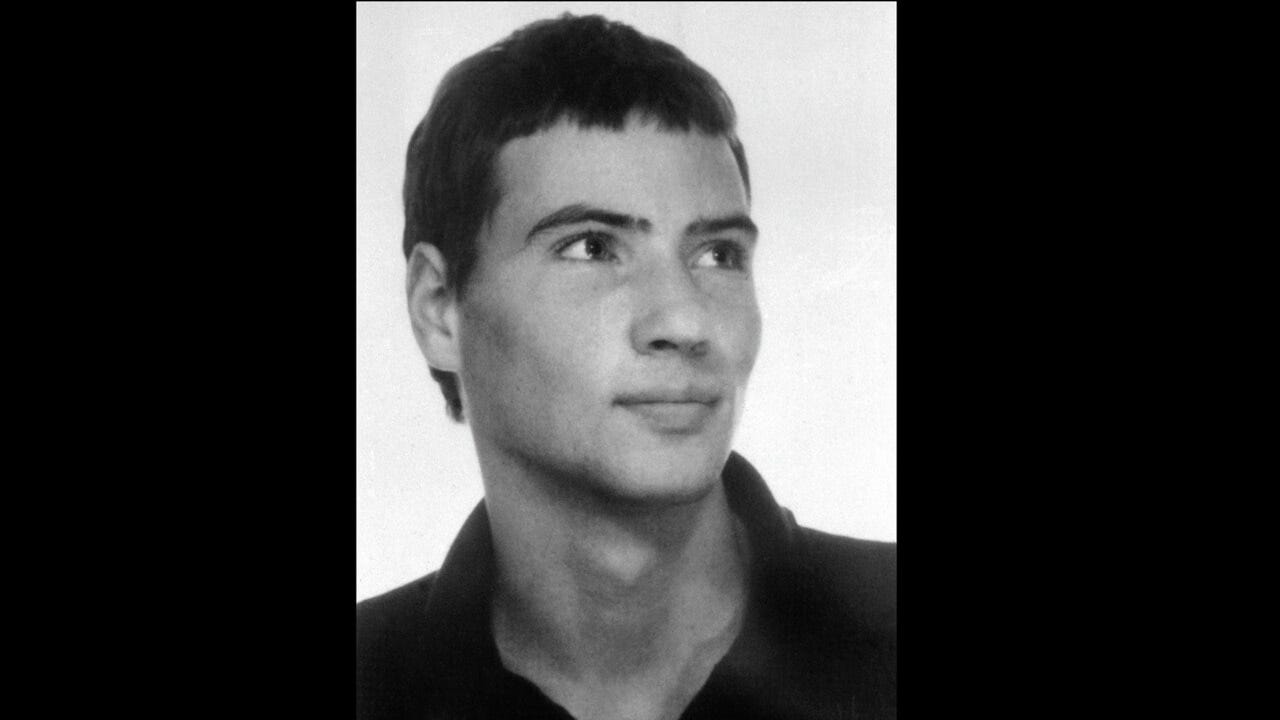

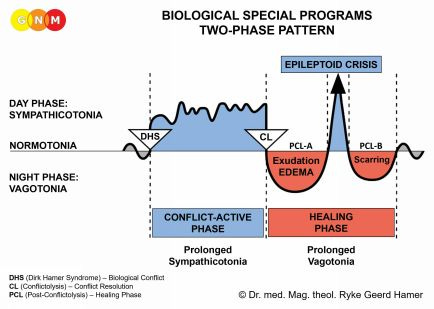
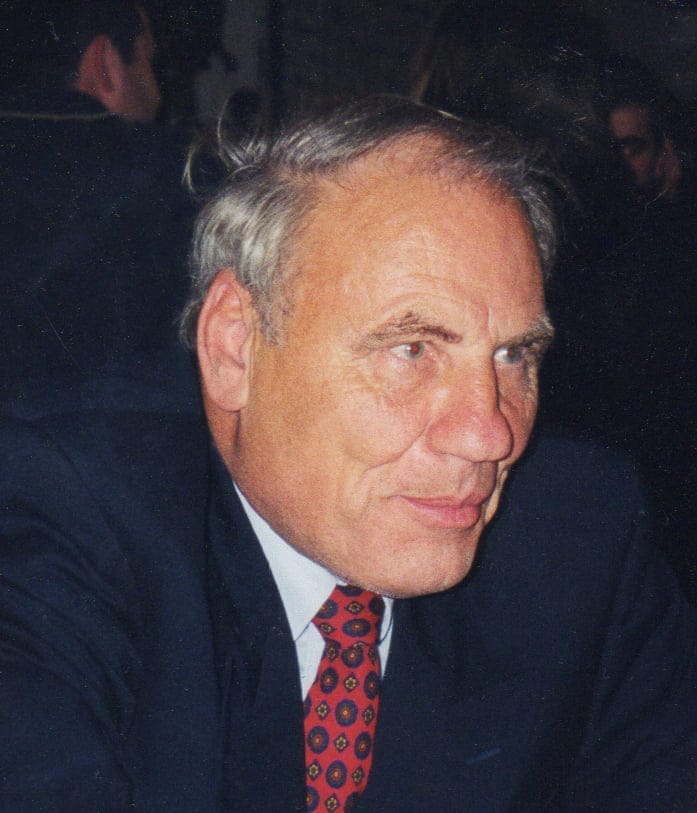
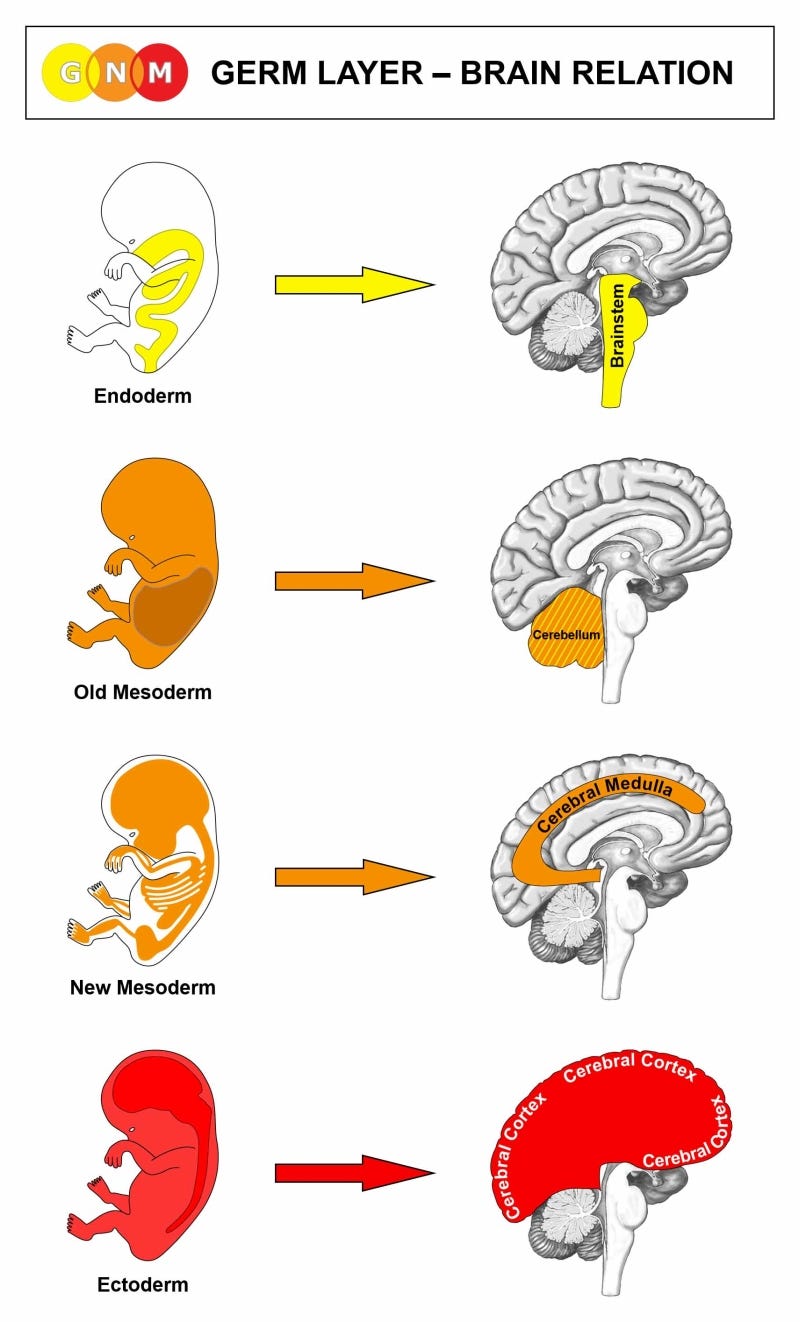
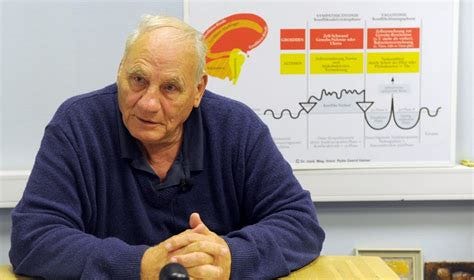


Thank you for writing this article! I'm glad to learn about the German New Medicine and Dr. Hamer. I can't think of anything more important right now than learning ways to understand and honor our bodies abilities to engage processes that enable us to heal from trauma.
Yet another analogy might be: shocked to the very core. Trauma, shock, eruptions, hurricanes and natural catastrophes have a huge effect on trees, rock formations; leaving marks, tremors or conflicts.
Obviously the effect of natural calamities does leave an indelible impression on wild creatures, so in effect, they know where they should and shouldn’t be, next time some shit kicks off. Perception. Muscle memory. And no doubt; electrical signals, (and the term: feel it in your water, springs to mind), play a part in staying healthy or recovering health.
German New… or any kind of homeostatic balancing act: homeopathy, macrobiotic diets, intermittent fasting, even popping the odd Aspirin, can have its benefits. It’s really about knowing and trusting one’s own mind and body.
The whole shebang (that is life), is so incredibly nuanced and difficult to negotiate, at the best of times, worse even, when you’re ill.
I’m all for owning my own health, and taking responsibility for it. That’s the first step to decent living. It’s inadvertently positive. See and feel yourself being well. And when the doubt creeps in; embrace that as well. It does have an important function. And as you point out, in the article, the negative aspects are crucial too.
Bon Santé, buddy.
And congrats on your last article. Brilliant.
Better out than in…